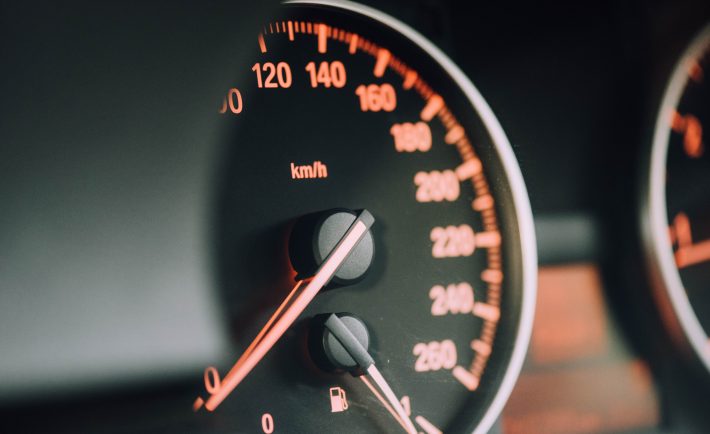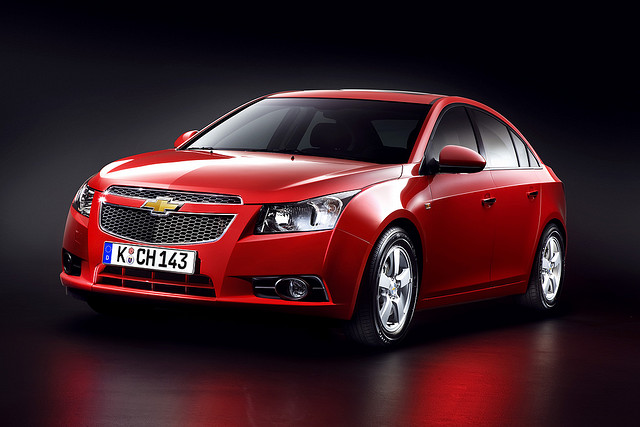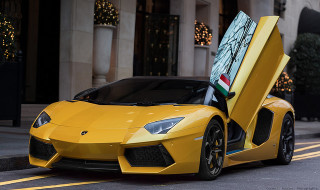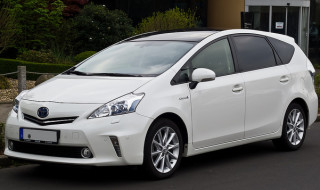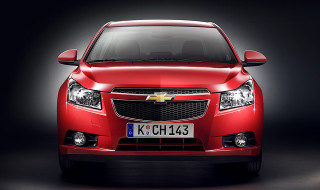As Singapore moves into phase two starting 19 June, more of us are hitting the roads once again. Whether it’s to work, taking out our favourite local food, or visiting our loved ones, traffic’s going to be bustling again. If you have the privilege to continue owning a car this trying period for many, we’re truly glad for you.
However, we understand the costs that accompany car ownership in Singapore. Car insurance, servicing costs, and road tax are just some of the payments tagged to driving. Hence, we’ve curated a few fuel-saving tips to help you manage some of your expenses. As the saying goes, ‘habits maketh man’ (and women, of course) so read on and see if you can incorporate some changes to your driving style.
#1: GO EASY ON THE GAS PEDAL
If you’re feeling guilty just by reading our first tip, you’re probably not alone. Many drivers on the road seem to be having a racing competition. By that, I mean going full-on the gas pedal when the light turns green. Or suddenly braking on red lights or stop signs.
Presuming that you’ve been driving in this manner for years, it’s definitely tough to change since you’re already accustomed to this style. However, if you want to save some fuel, it’s time to start making changes. Gently step on the gas pedal to start moving and release it slowly when you want to stop. This will greatly reduce your fuel consumption and spending in the long run.
#2: REMOVE UNWANTED ITEMS
Were you expecting this fuel-saving tip? Maybe you think that the picnic mat left in the car a year ago won’t do much damage. But hold on to that mindset and you will realize that your car is currently like a dumping ground.
Apart from spring cleaning at home, do it for your car from time to time. You may be wondering why we’re advising you to do that. That’s simply because the heavier the car, the more energy it needs to get it moving. Just imagine how it was like to move around when you were at your heaviest. To make sure your car is consuming fuel at the right amount it should, start clearing and stop dumping.
#3: IDLE NOT WITH THE ENGINE ON

Image Credits: unsplash.com
Waiting for your significant other to knock off work? Or fetching the kids from their enrichment classes? Often times, we end up waiting for longer than we expect. If you think you’re going to wait in the car for more than five minutes, turn off the engine. Yes, even when you can’t bear to part with the air-conditioning.
Every minute you spend idling around with the engine on burns more fuel than you think. Restarting the engine consumes petrol of course, but you will save a whole lot more restarting, than idling for prolonged periods of time. Of course, be smart and roll down the windows first if you don’t want to open your car doors to allow air circulation.
#4: CHECK YOUR CAR’S TYRE PRESSURE
We pay little attention to our car’s tyre pressure most of the time. But it is recommended that you have it checked at least once a month. Refer back to your car manual to see the optimum tyre pressure for your car, which should be in the 32 to 35 psi range.
Staying in the recommended range is essential because low pressure will increase friction between your tyres and the road. You’ve probably recalled learning in school that energy is required to overcome friction. By now, you should know that any factor that requires energy equates to more fuel consumption. A little inspection will go a long way, my friends.
#5: SEND YOUR CAR FOR MAINTENANCE
Even if you have a can’t-be-bothered attitude, the least you can do is to send your car for regular servicing. Based on the experts, it’s best to send your car for routine servicing twice a year or at every 10,000km mileage interval. Parting with small money now will reap great benefits in the long haul. Be wise!

